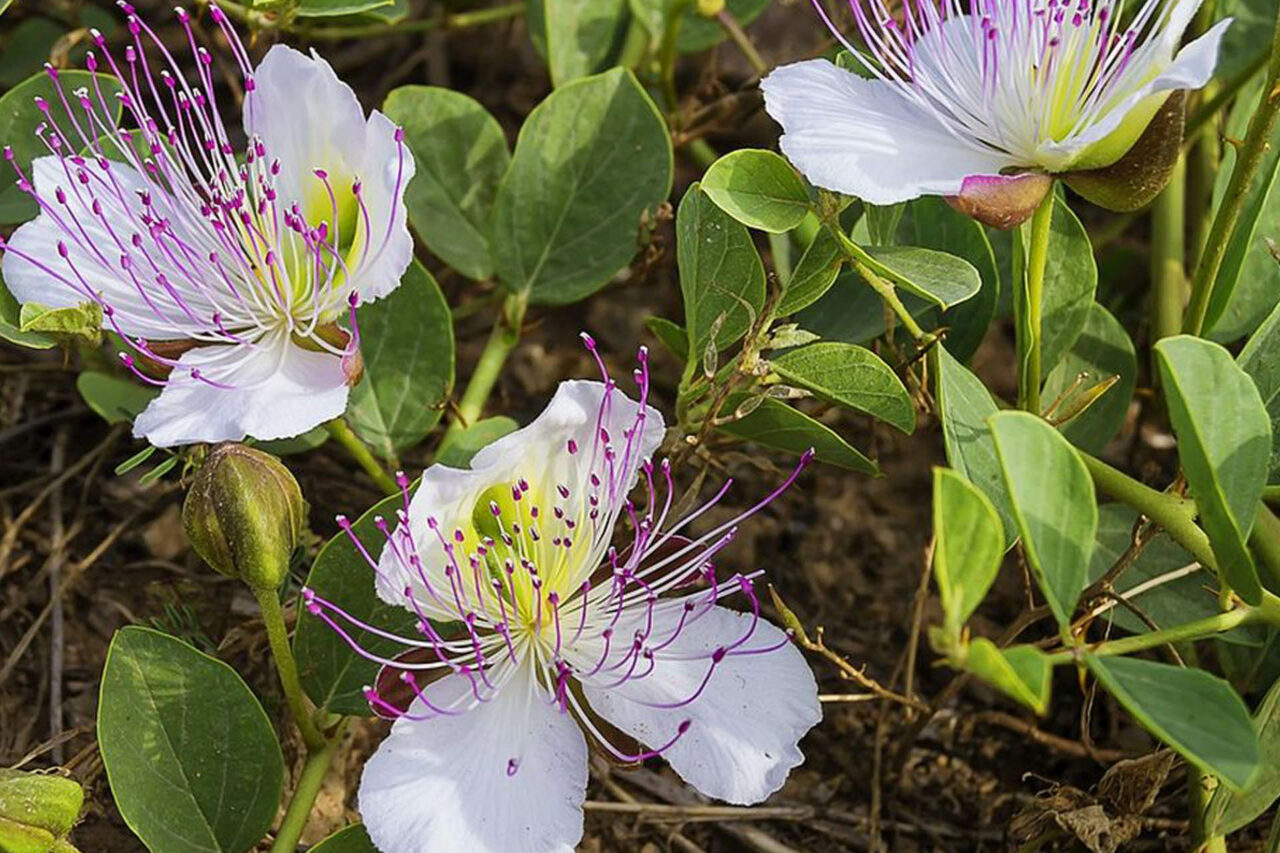Cart
13
Quantity
5,00 €
Quantity
4,00 €
Quantity
4,00 €
Quantity
4,00 €
Quantity
18,00 €
Quantity
4,00 €
Quantity
4,00 €
Quantity
4,00 €
Quantity
12,00 €
Quantity
5,00 €
Quantity
16,00 €
Quantity
6,00 €
Quantity
5,00 €
Product You May Also Like
Payment details
Sub Total
167,00 €
Shipping
Free!
Total
167,00 €
Apply

 Orecchiette Pasta
Orecchiette Pasta
 Fennel Taralli
Fennel Taralli
 Mustaccioli
Mustaccioli
 Classic Taste Taralli EVO
Classic Taste Taralli EVO
 Nula
Nula
 Taralli all'Uvetta e Cipolla
Taralli all'Uvetta e Cipolla
 Hot Pepper Taralli
Hot Pepper Taralli
 Taralli with Salento Dried Tomatoes
Taralli with Salento Dried Tomatoes
 Olio d'Oliva E.V. 250 cl
Olio d'Oliva E.V. 250 cl
 Raisin Wheat Orecchiette
Raisin Wheat Orecchiette
 Sciana
Sciana
 Olio d'Oliva E.V. 100 cl
Olio d'Oliva E.V. 100 cl
 Country Orecchiette
Country Orecchiette
















Leave a comment